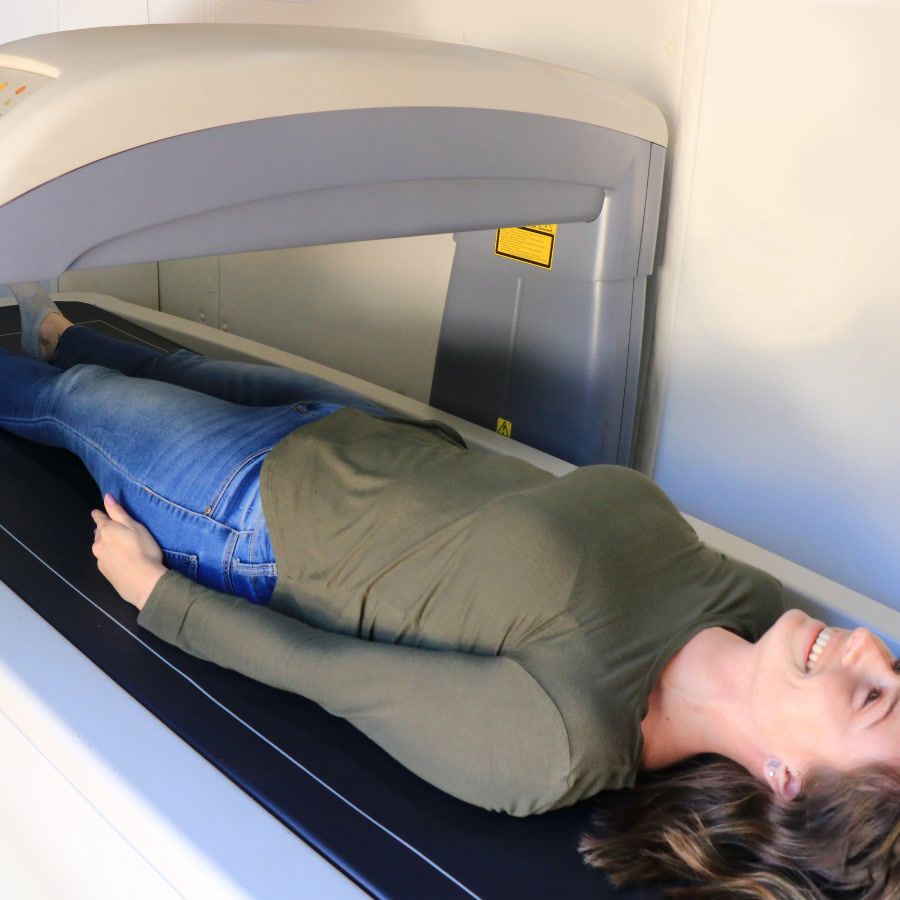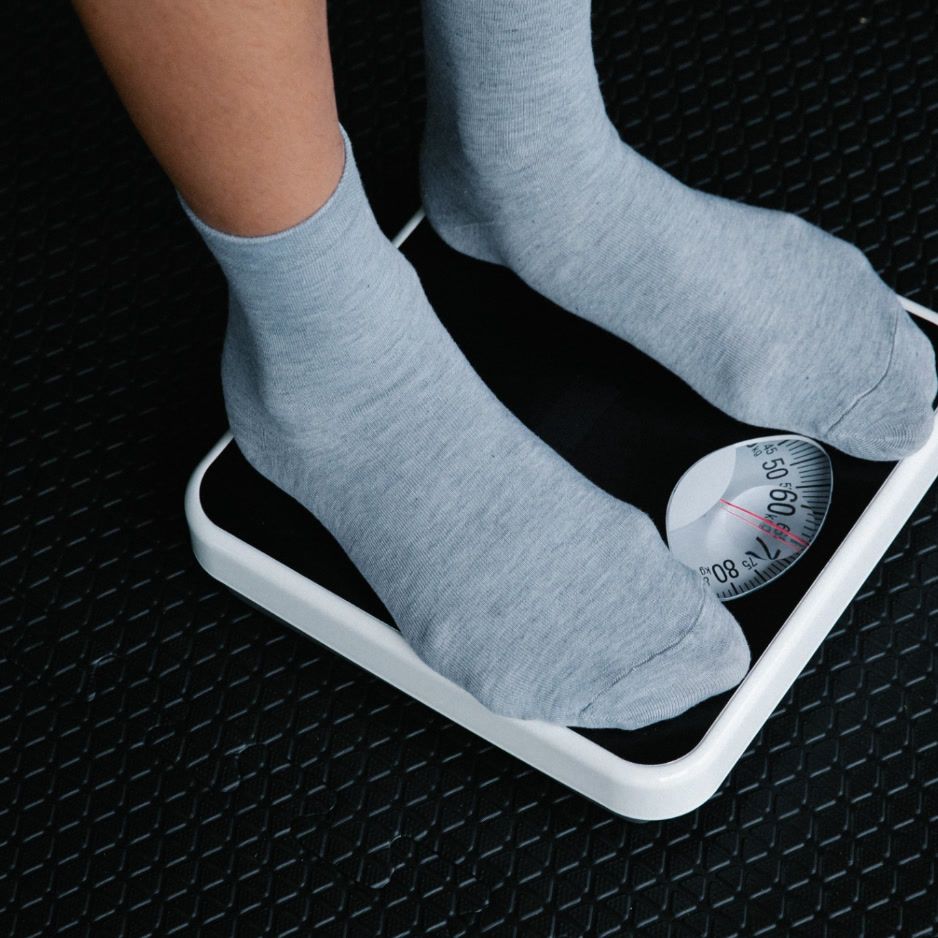Discover the Benefits of Taking an Ice Bath

Discover the Benefits of Taking an Ice Bath
Ice baths have gained popularity in recent years for their potential benefits in muscle recovery, athletic performance, and overall well-being. While the idea of immersing oneself in freezing cold water may initially seem unpleasant, understanding the concept of ice baths and their effects on the body can shed light on why they have become a popular practice among athletes and individuals seeking various health benefits.
Get weekly updates.
Understanding the Concept of Ice Baths
What is an Ice Bath?
An ice bath, also known as cold water immersion, involves submerging the body in a tub filled with icy water, typically at temperatures below 59 degrees Fahrenheit (15 degrees Celsius). The duration of the bath varies depending on individual preferences, ranging from a few minutes up to 20 minutes or more.
When a person immerses themselves in an ice bath, the sudden drop in temperature causes the blood vessels to constrict, reducing blood flow to the muscles and decreasing metabolic activity. This process is known as vasoconstriction. The cold water also numbs the nerve endings, providing a temporary analgesic effect, which can help manage pain.
Ice baths are commonly used by athletes and fitness enthusiasts as a form of recovery after intense physical activity. The cold water helps to reduce muscle soreness and inflammation, allowing for faster recovery and improved performance.
The History of Ice Baths in Physical Therapy
Ice baths have a long history that dates back centuries. Ancient civilizations like the Greeks and Romans recognized the therapeutic benefits of cold water therapy and incorporated it into their healing practices. They believed that immersing the body in cold water could promote healing and alleviate various ailments.
In the field of physical therapy, ice baths have been used for decades as a modality to aid in the recovery process. The application of cold temperature to injured or overworked muscles helps to reduce inflammation and swelling, which are common symptoms of many musculoskeletal conditions.
When a person undergoes physical therapy, they often experience muscle soreness and inflammation as a result of the exercises and treatments. Ice baths provide a non-invasive and drug-free method to manage these symptoms. By reducing inflammation, ice baths can help facilitate the healing process and improve overall recovery.
Furthermore, ice baths are frequently used in sports medicine to treat acute injuries, such as sprains and strains. The cold temperature helps to minimize swelling and provides pain relief, allowing athletes to recover faster and return to their sport sooner.
Over the years, the use of ice baths in physical therapy has evolved, with advancements in technology and research. Today, physical therapists have a better understanding of the physiological effects of cold water immersion and can tailor its application to individual patients' needs.
The Science Behind Ice Baths
How Does Cold Exposure Affect the Body?
When the body is exposed to cold temperatures, it triggers a series of physiological responses. Cold exposure constricts blood vessels near the skin, diverting blood flow to deeper tissues to maintain core body temperature. This vasoconstriction is believed to reduce inflammation and pain perception.
But what exactly happens when blood vessels constrict? Well, it's a fascinating process. As the cold temperature causes the blood vessels to narrow, the blood flow slows down. This decrease in blood flow can have a profound effect on the body. It not only reduces inflammation but also helps in conserving heat. By diverting blood flow to the deeper tissues, the body ensures that the vital organs stay warm and protected.
Furthermore, cold exposure can also stimulate the release of endorphins, which are natural painkillers and mood enhancers. These feel-good chemicals flood the body, creating a sense of euphoria and well-being. It's like a natural high that can leave you feeling refreshed and rejuvenated.
Additionally, the body responds to the cold by releasing norepinephrine, a stress hormone that can increase alertness and focus. This hormone acts as a natural stimulant, sharpening your mental acuity and improving cognitive performance. So, not only can ice baths benefit your physical well-being, but they can also boost your mental health.
The Role of Ice Baths in Muscle Recovery
During intense exercise, muscle tissues experience microscopic damage and inflammation. Ice baths have been theorized to aid in muscle recovery by reducing inflammation and promoting faster healing.
But how exactly does the cold temperature of the water help in muscle recovery? Well, it's quite remarkable. The cold water acts as a powerful tool to constrict blood vessels, decreasing blood flow to the muscles. This decrease in blood flow can have a twofold effect on muscle recovery.
Firstly, by reducing blood flow, the accumulation of metabolic waste products in the muscles is minimized. These waste products, such as lactic acid, can contribute to muscle soreness and fatigue. By reducing lactic acid buildup, ice baths may help speed up the recovery process, allowing muscles to heal more rapidly.
Secondly, the constriction of blood vessels can help in reducing inflammation. When muscles are damaged during exercise, inflammation occurs as part of the body's natural healing response. However, excessive inflammation can hinder the recovery process. By constricting blood vessels, ice baths may help in reducing the inflammatory response, allowing muscles to heal more efficiently.
So, the next time you take an ice bath, remember that it's not just a chilly experience. It's a scientifically-backed method that can benefit both your body and mind. From reducing inflammation and pain perception to promoting muscle recovery and improving cognitive performance, ice baths offer a multitude of advantages that go beyond the initial cold shock. Ice baths are good for everyone, light skin, dark skin, man, woman, old, young!
Key Benefits of Ice Baths
Boosting Immune System Function
Cold exposure has been shown to stimulate the production of immune cells, potentially strengthening the body's defense against infections and illnesses. Regular ice baths may be beneficial for enhancing immune system function and reducing the risk of common illnesses.
Enhancing Athletic Performance
Ice baths have been widely incorporated into the training regimens of professional athletes and sports teams. It is believed that the reduced inflammation and accelerated muscle recovery provided by ice baths can allow athletes to train harder and more frequently. By minimizing fatigue and muscle soreness, ice baths may enable athletes to maintain peak performance and enhance overall athletic results.
Improving Mental Health and Mood
Cold water immersion has been associated with various mental health benefits, such as reducing symptoms of depression and anxiety. The release of endorphins during ice baths can contribute to a sense of well-being and improved mood. Regularly incorporating ice baths into one's routine may promote mental resilience and overall psychological well-being.
How to Safely Take an Ice Bath
Preparing for an Ice Bath
Before stepping into an ice bath, it's essential to ensure proper preparation. This includes wearing appropriate clothing and having towels nearby to dry off after the bath. It's also crucial to ease into the cold water gradually to allow the body to adjust to the temperature.
Ideal Duration and Temperature for Ice Baths
When determining the duration and temperature for ice baths, individual preferences and tolerance levels play a significant role. Generally, a duration of 10-15 minutes is recommended, but it's important to listen to your body and adjust accordingly. As for the temperature, starting with water around 50-59 degrees Fahrenheit (10-15 degrees Celsius) is a common practice.
Post-Ice Bath Care
After an ice bath, it's essential to warm up gradually to prevent a sudden drop in body temperature. This can be achieved through activities like light stretching or walking. Staying properly hydrated and refueling with a balanced meal or snack is also crucial for replenishing energy levels and aiding in the recovery process.
Debunking Common Myths About Ice Baths
Ice Baths and Weight Loss
While some sources may claim that ice baths can directly lead to weight loss, it's important to note that any weight loss experienced after an ice bath is primarily due to water loss through sweating. Ice baths alone are not a substitute for a balanced diet and regular exercise when it comes to sustainable weight loss.
The "No Pain, No Gain" Misconception
Contrary to the popular belief that enduring extreme discomfort is necessary for results, ice baths do not have to be excruciatingly painful to be effective. The benefits of ice baths can still be obtained without pushing oneself to the brink of discomfort. Finding a balance between cold exposure and personal comfort is key to incorporating ice baths into a sustainable routine.
Overall, ice baths can offer a range of potential benefits, including muscle recovery, immune system support, and improved mental well-being. However, it's important to consult with a healthcare professional before incorporating ice baths into your routine, especially if you have any underlying health conditions.
To accurately track the changes in your body and monitor your progress over time, consider BodySpec's affordable DEXA scans. With their state-of-the-art technology, you can assess body fat percentage, muscle mass, and bone health with precision. Start uncovering the insights your body holds and take a step towards optimizing your health today.


